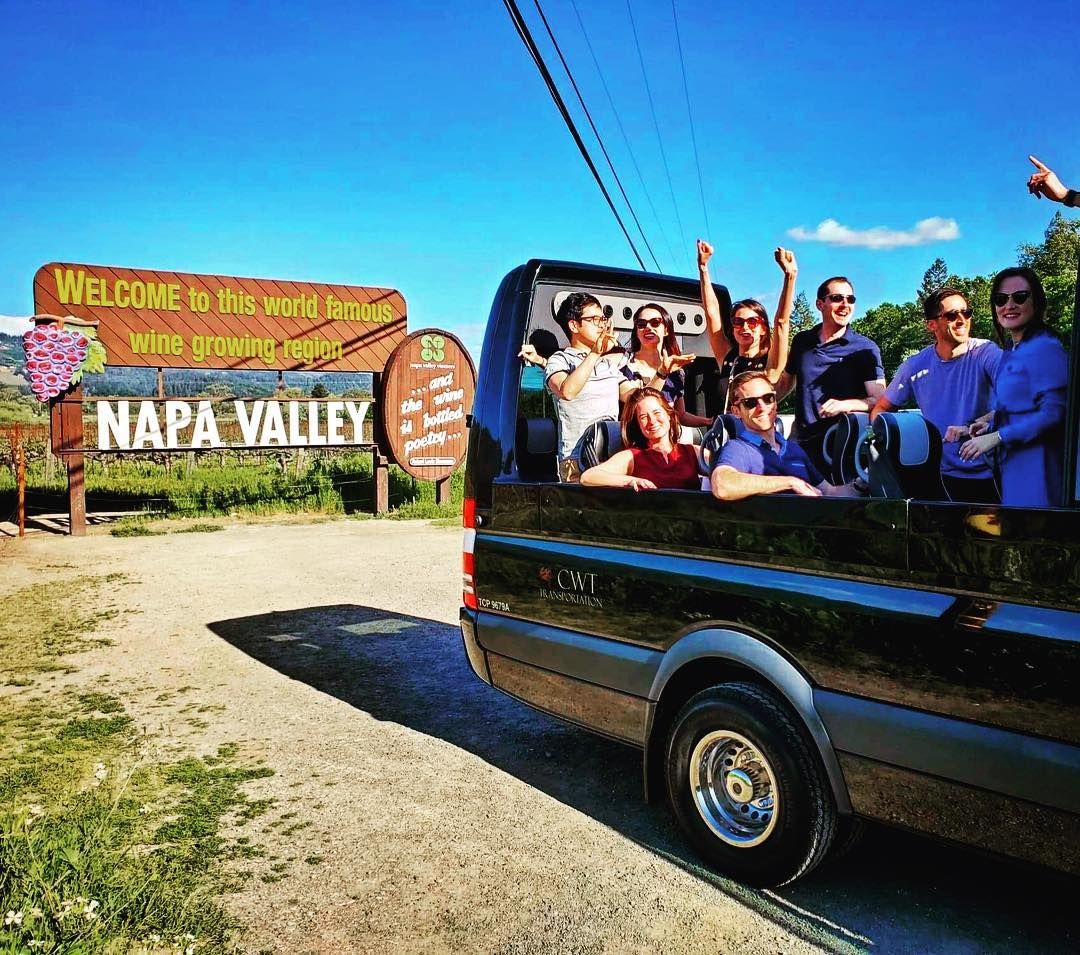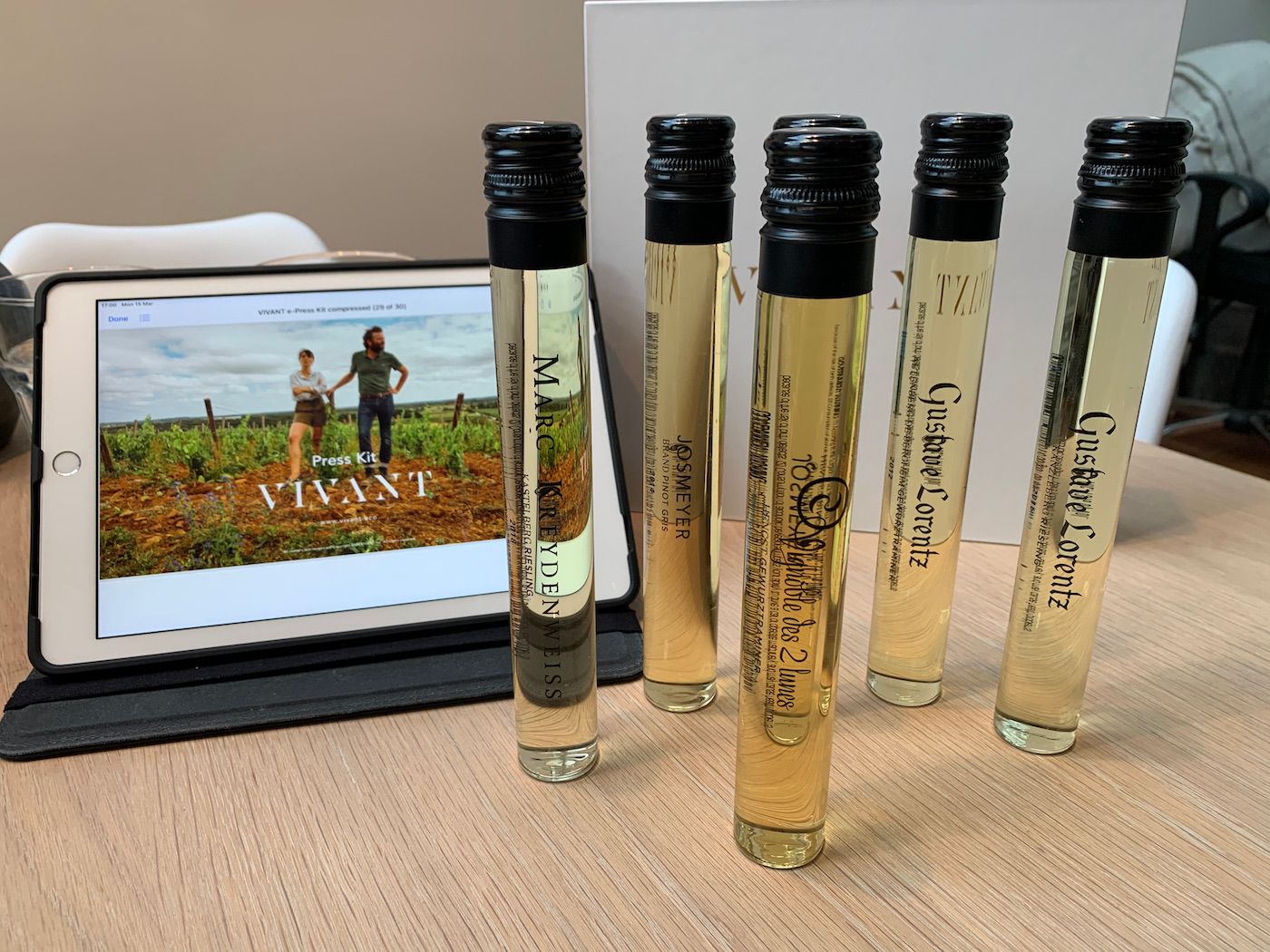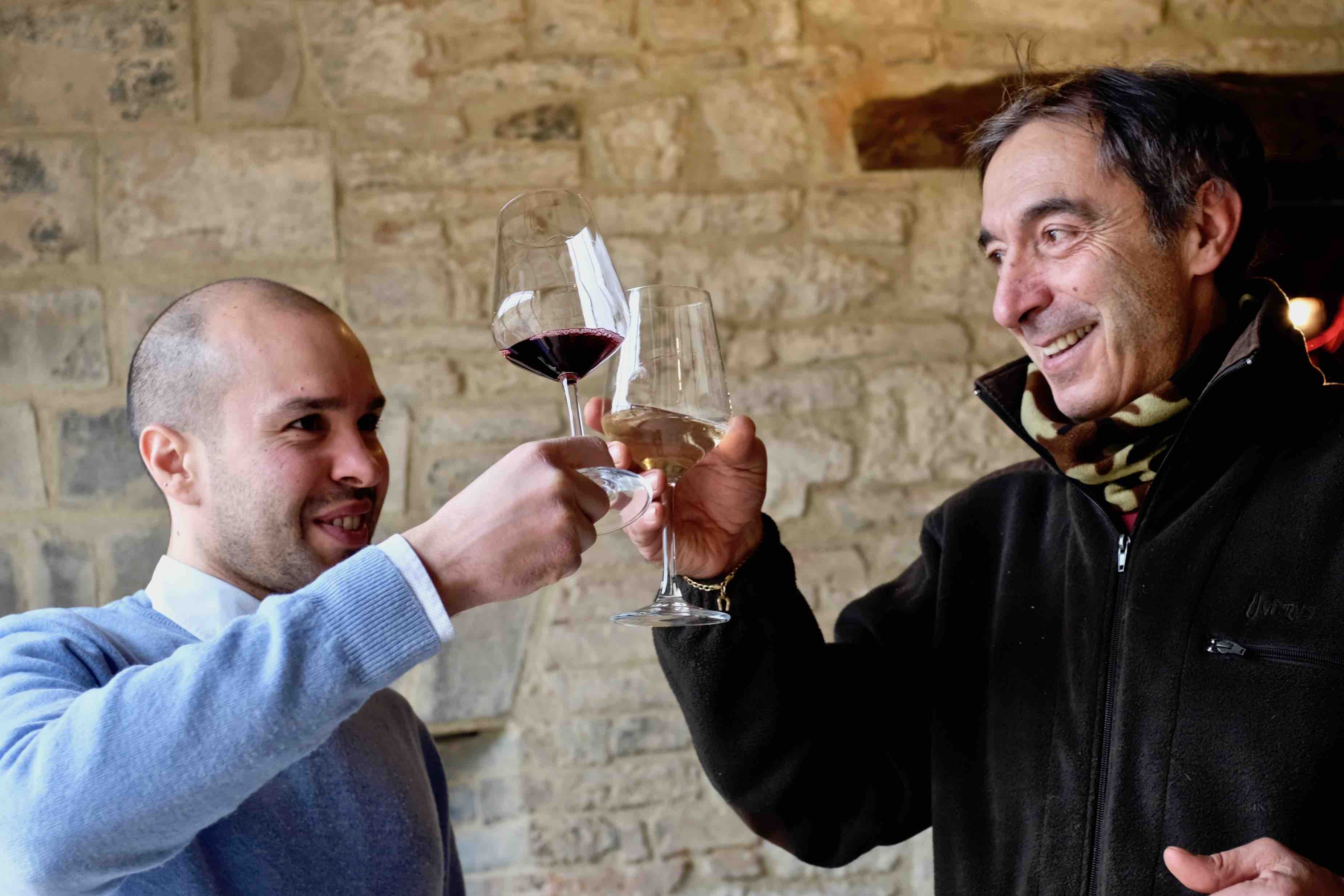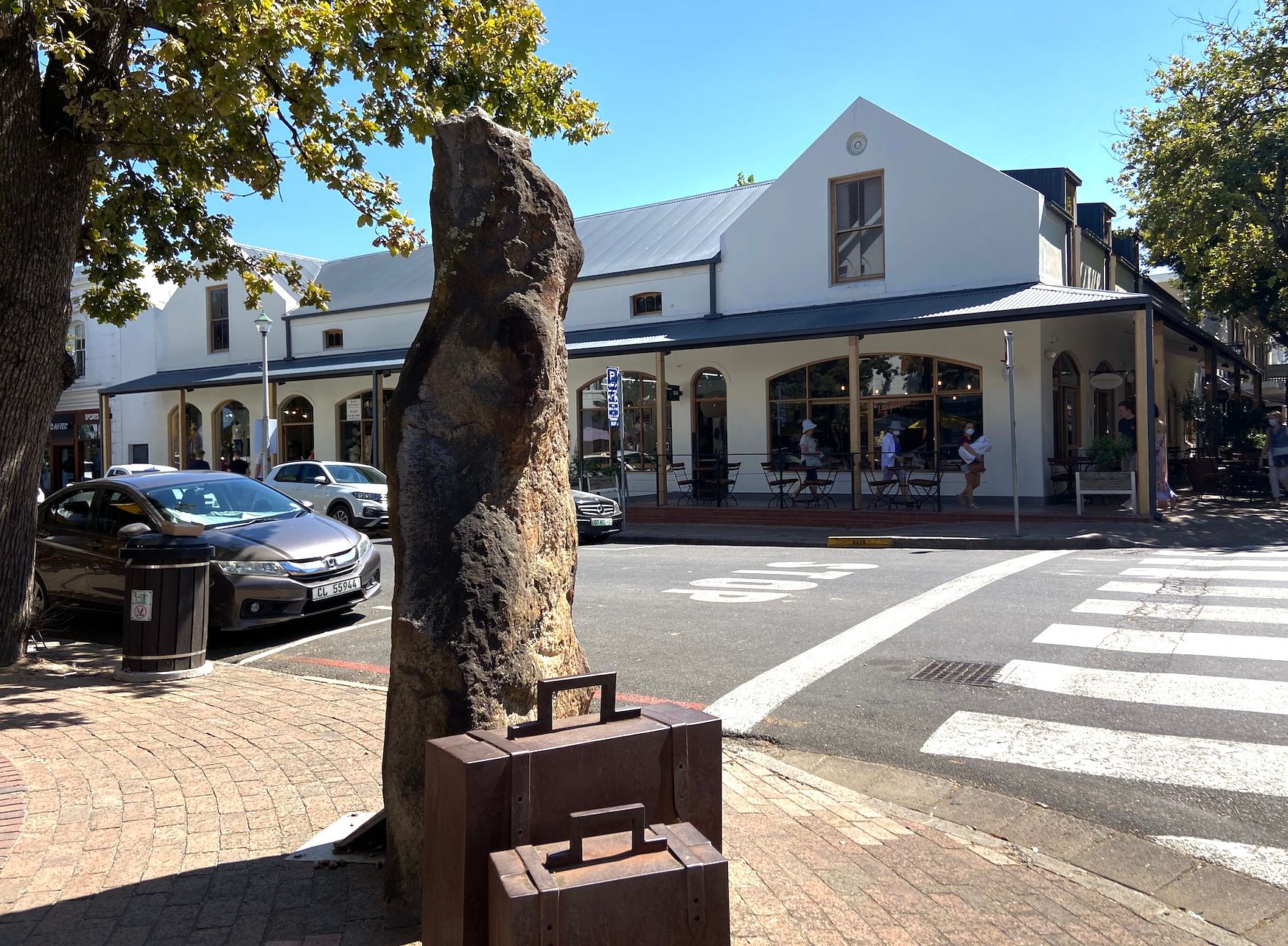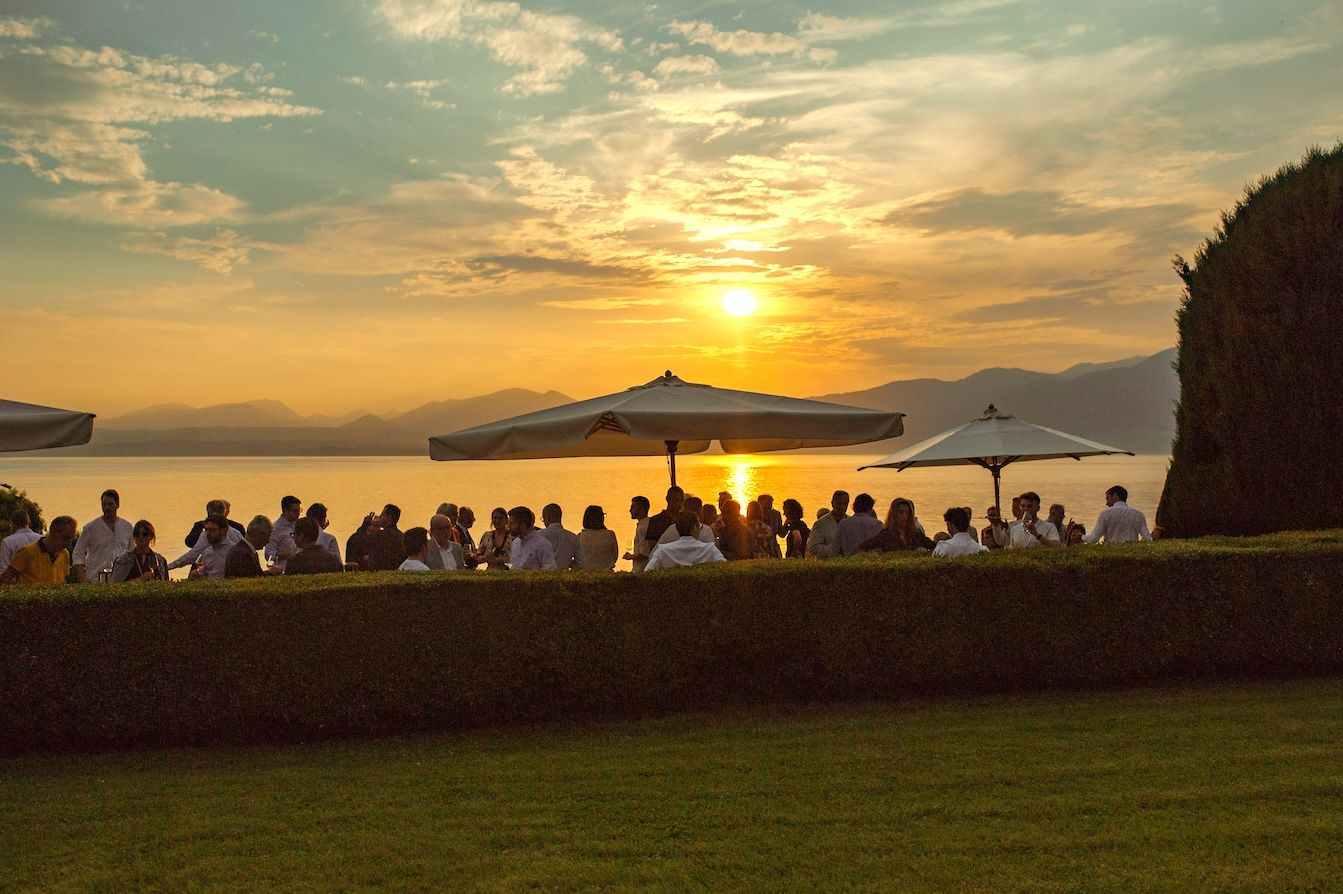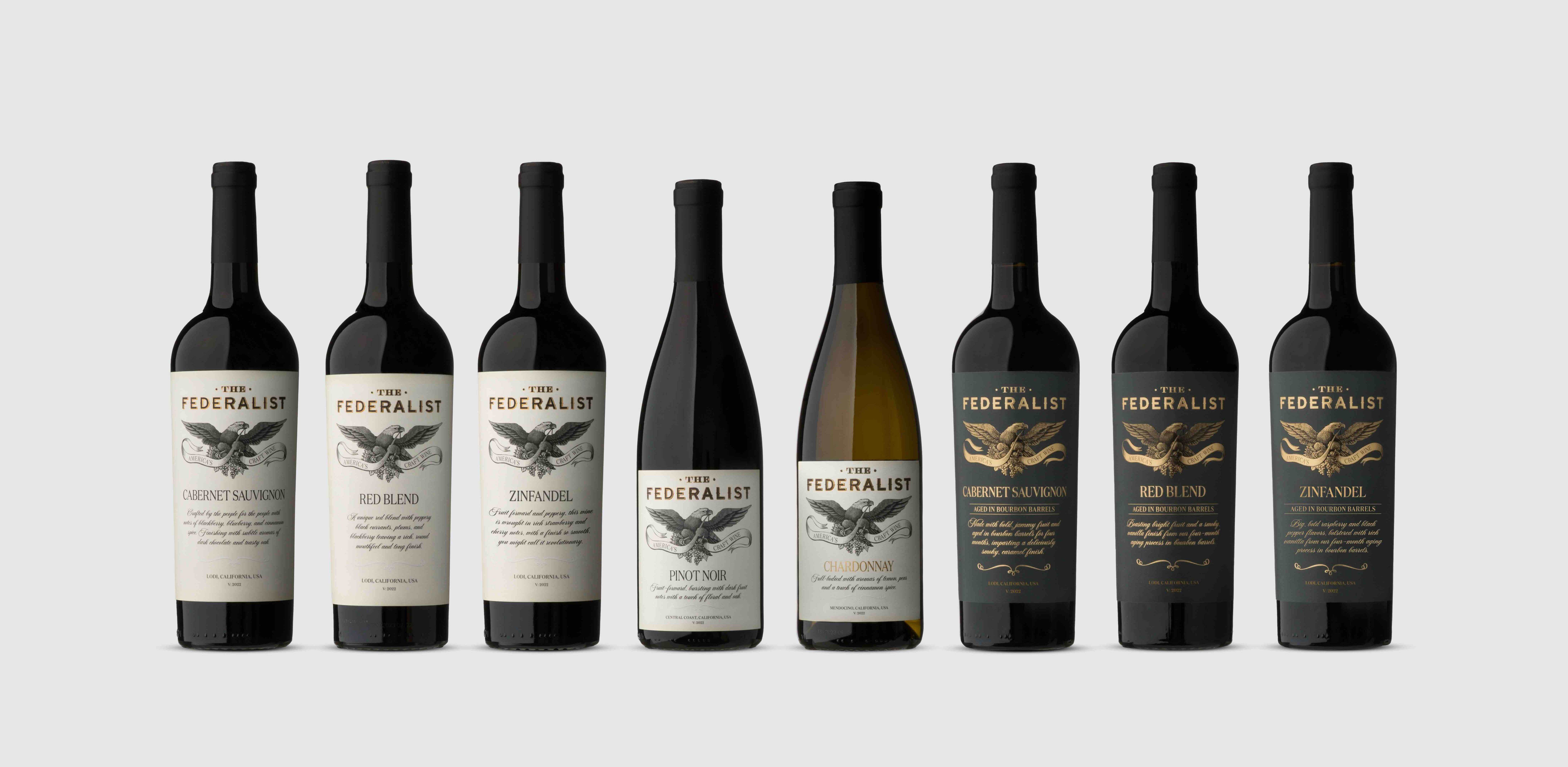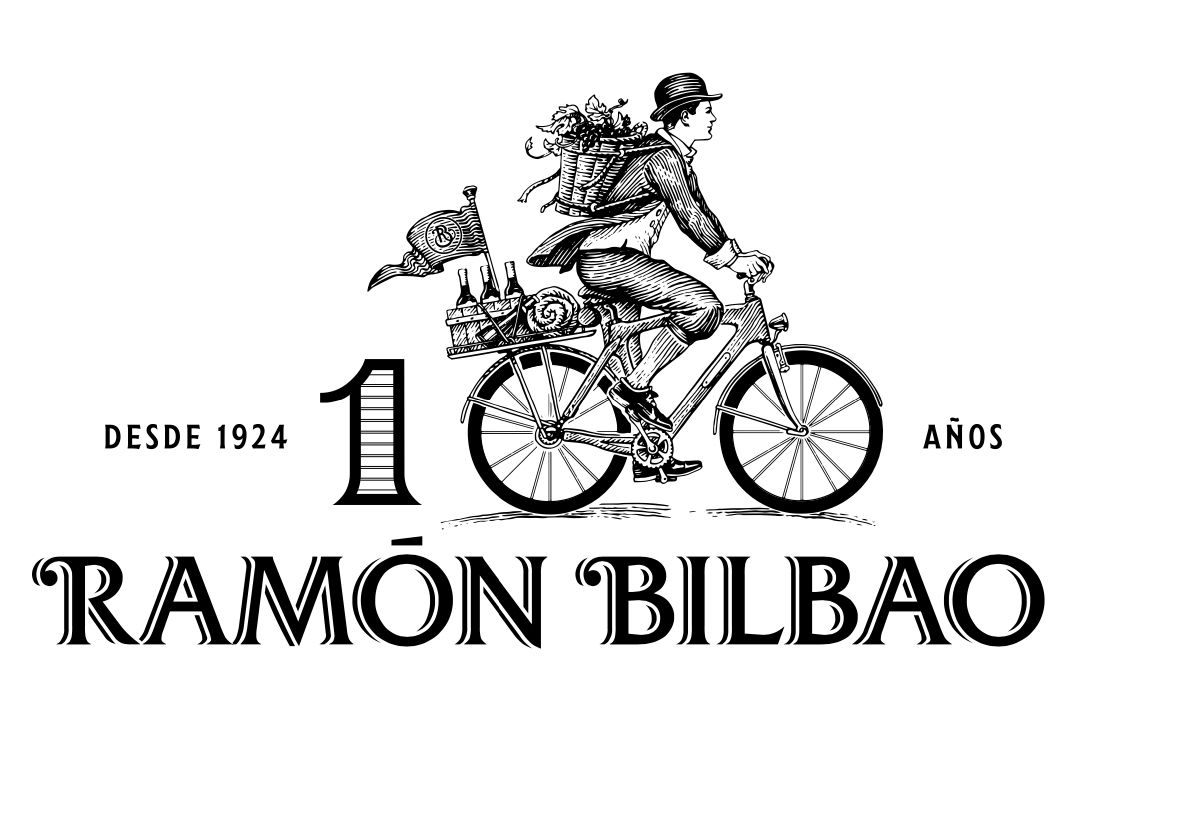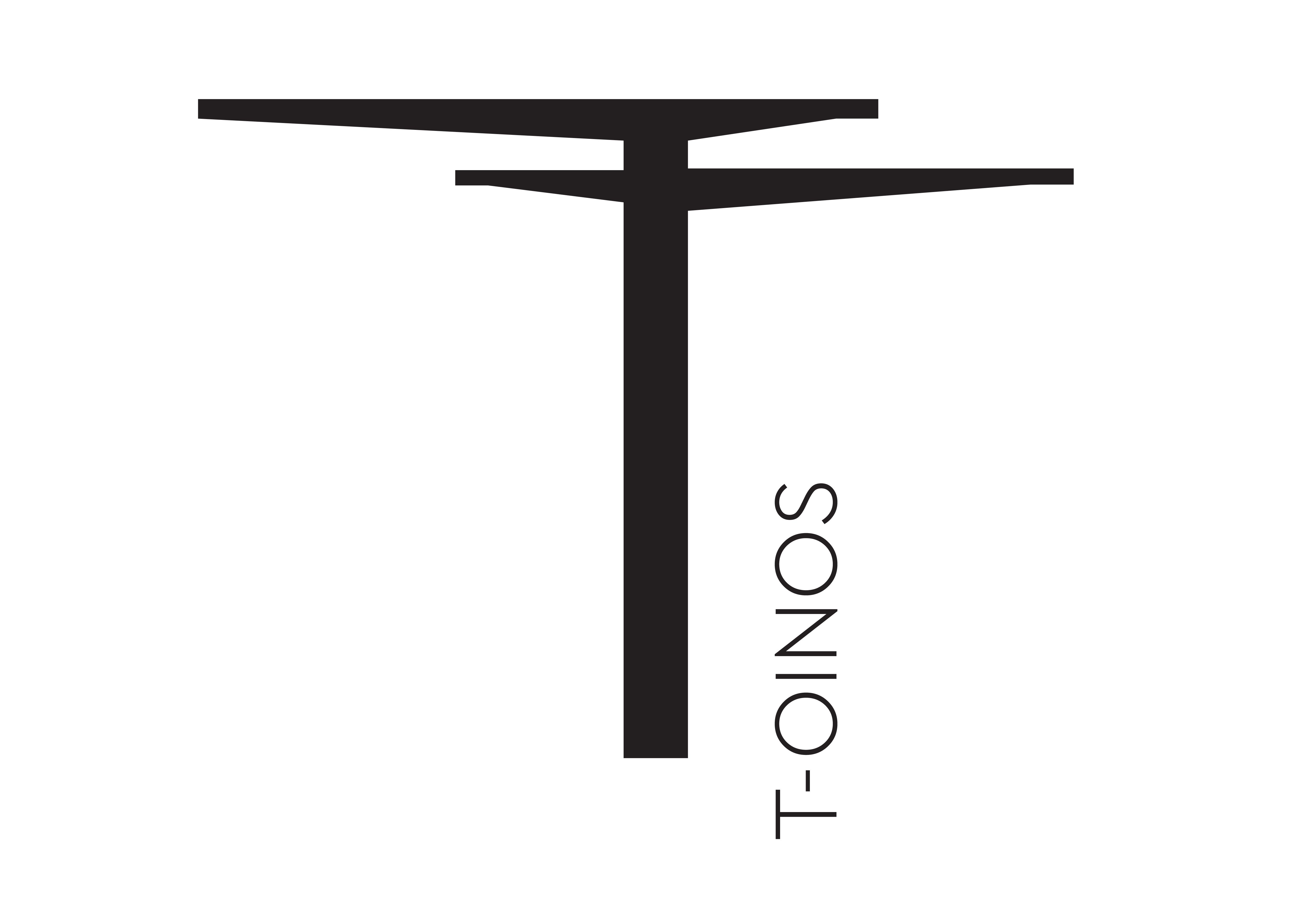Wine tourism has proven to be an inexhaustible source of opportunities for wine regions around the world, and Napa Valley is one of the most iconic examples of how a wine region can become a leading wine tourism destination. In 2023, Napa Valley attracted more than 3.7 million visitors, approaching pre-pandemic record levels. Although the figure is 5% lower than 2018, visitor spending exceeded previous levels, reaching $2.5 billion, up 13% from the pre-pandemic period, according to a recent study by Future Partners. It offers valuable lessons for the future of wine tourism in the old and new wine world.
Telling a story: The value of the unique proposition
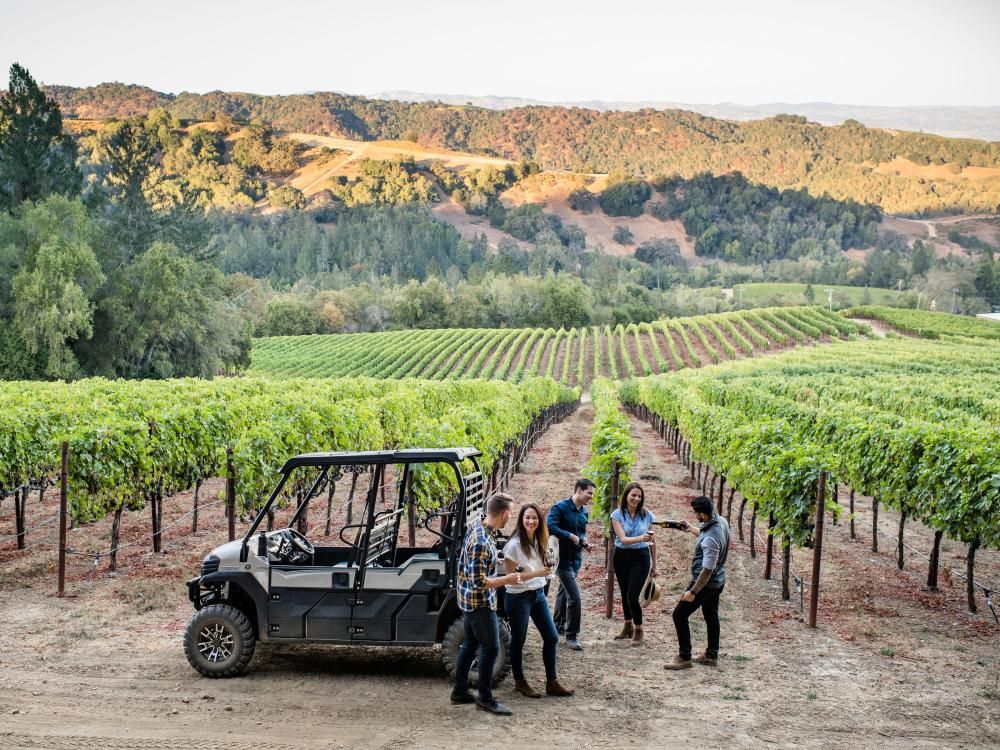
Napa Valley has succeeded in getting wine tourism back to pre-pandemic levels by offering guests personalised experiences
Napa Valley's success is based on its ability to offer each visitor a unique and deeply meaningful experience that goes beyond a simple tasting. In his online open class “Napa Valley: Mistakes and Opportunities in Wine Tourism,” wine tourism expert, Paul Wagner, emphasises the importance of each winery cultivating their own distinctive narrative, which allows visitors to connect emotionally with the place and feel part of its history.
Napa has succeeded in ensuring that visits are not just about learning about wine, but experiencing an authentic connection to tradition and the environment. In a context where approximately two-thirds of total spending comes from overnight visitors to the region, creating this emotional experience has become one of the keys to the economic success of wine tourism in Napa.
Experience vs. Technique: Focusing on pleasure, not science
Unlike many wineries in the Old World, where wine tourism often focuses on technical explanations, in Napa Valley the focus is on creating multi-sensory experiences. Wineries understand that their visitors are looking for more than a technical lesson on the winemaking process; they are looking for memorable moments to share and remember.
Wagner explains how Napa wineries look to make each visit as much a personalised experience as possible where dialogue and interaction are key. Hosts invite visitors to explore the vineyards, meet the winemakers and enjoy the surroundings, creating a welcoming atmosphere, a place where, as the unofficial slogan goes, you can “drink the landscape” as much as the wine.
Then there is the wide roll out of bespoke wine bars at wineries that are designed to satisfy wine tourists who, after several guided tours, prefer to enjoy the wine without further explanation and simply contemplate the surroundings. These spaces, which are less oriented to instruction and more to relaxed tasting, have become an ideal stop for visitors seeking experiences without pressure, focused on the enjoyment of wine.
Personal interaction: The value of hospitality
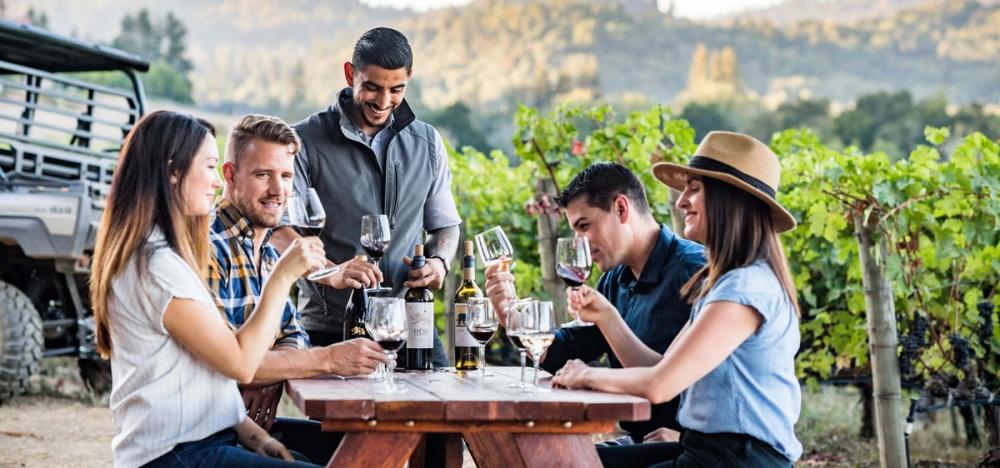
Napa wineries are more likely to offer guests the chance to taste wines to enjoy rather than focus on a technical explanation of the wines
One of the most important lessons that Napa Valley offers is the value of personalised hospitality, a concept that prioritises dialogue and human connection over technical monologues about winemaking.
This interaction allows visitors to feel that their presence is valued, tailoring each experience to their interests. Wagner emphasises that, in Napa, hosts are much more than guides; they are ambassadors of a culture that combines the enjoyment of wine with respect for the region's historical legacy.
For Old World wineries, adopting this approach can provide a competitive advantage by strengthening loyalty, as satisfied visitors tend to recommend the experience and become repeat customers.
Customisation: Escape from the standard visit format
Napa wineries have also done well to break away from what might be seen as the “traditional” winery visit. To tap into visitors’ desire for unique and memorable experiences on each tour. So rather than each tour following an established structure focused on history and terroir, Napa wineries have innovated by offering tours that reflect both the character and values of the winery and the specific interests of their visitors, from amateurs to wine enthusiasts.
This customisation model is complemented by the intensive use of digital tools that allow visitors to design their experiences before arriving in Napa, ranging from themed tastings to the creation of itineraries that integrate gastronomic activities throughout the region. This flexibility enriches the visitor experience and supports a sustainable model that balances the influx of tourists and avoids overloading facilities.
Sustainability and community: Securing wine tourism's future
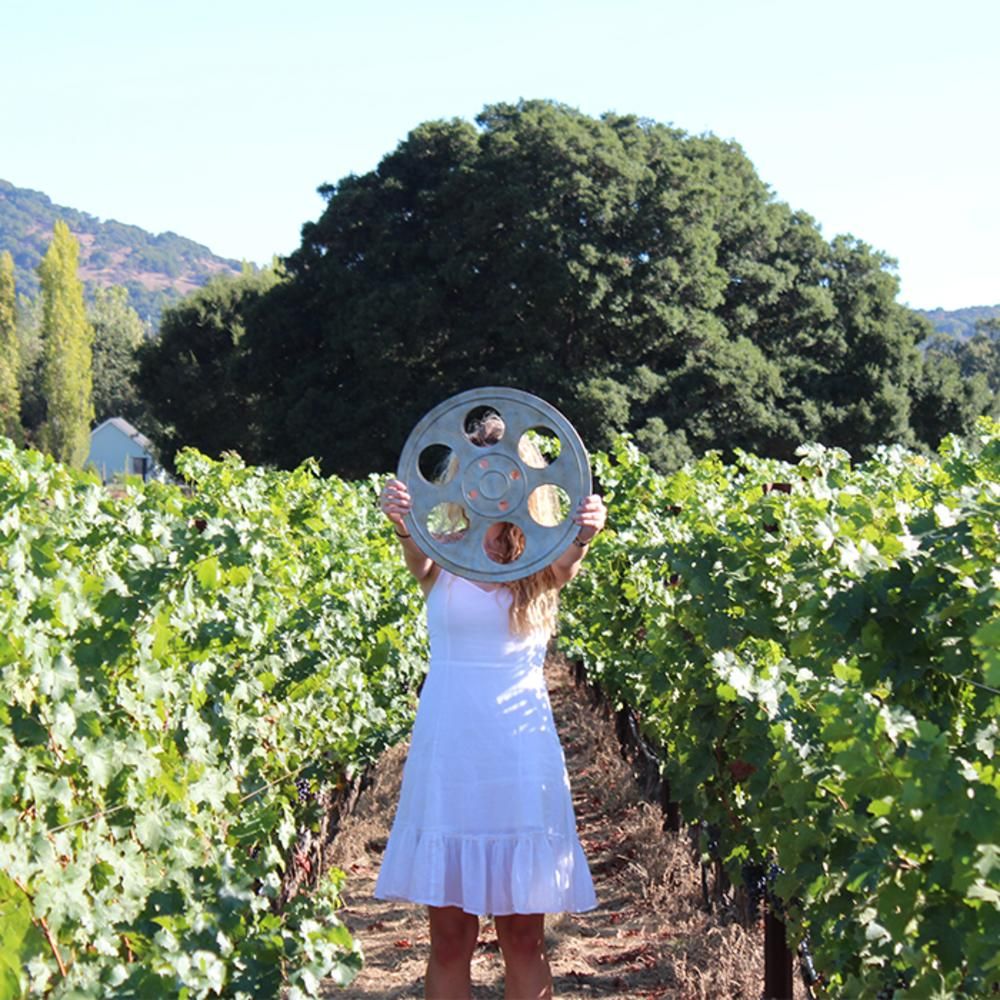
Visitors are looking to take home their own personal memories of Napa Valley rather than have a traditional winery visit
Napa Valley's sustainability encompasses the environment, economy and social fabric. For many wineries, especially small wineries, wine tourism represents a crucial source of revenue through direct sales and wine clubs, creating a loyal customer base that ensures their long-term stability.
This approach also fosters collaboration between wineries and local businesses to offer integrated experiences, which increase the attractiveness of the region and spread the benefits throughout the community. In the words of Paul Wagner, “the competition for wine tourism is not another winery, but the entertainment offering in general.”
This perspective leads wineries to constantly innovate and strengthen their relationships with visitors, thus establishing a replicable model for other regions seeking to take advantage of the economic and social benefits of wine tourism.
Wine tourism is a unique opportunity to transform local economies, strengthen the cultural identity of regions and attract a diverse, global audience.
Napa Valley has demonstrated that success in this area depends on personalised hospitality, a commitment to sustainability, and a narrative that engages visitors. Thus, as other wine regions, especially in the Old World, look to Napa's model, they may find in its example a guide for creating high-quality experiences that attract visitors, enrich local communities and strengthen the sustainability of the industry. Napa Valley thus offers a clear vision of how successful wine tourism can be built, where every visit contributes to the growth of the local economy and the preservation of the environment, thus consolidating this form of tourism as an engine of long-term prosperity for wine communities.
* This article has been written by three tourism experts from the University of Alicante including: Javier Martínez Falcó; Eduardo Sánchez García; and Bartolomé Marco Lajara.
* For more on wine tourism you can read Wine Tourism and Sustainability: The Economic, Social and Environmental Contribution of the Wine Industry by Javier Martínez-Falcó, Bartolomé Marco-Lajara, Eduardo Sánchez-García and Luis A. Millán-Tudela. ISBN: 978-3-031-48936-5. To buy click here.
* You can find out more about Napa Valley tourism at Visit Napa Valley and Napa Valley Vintners.
